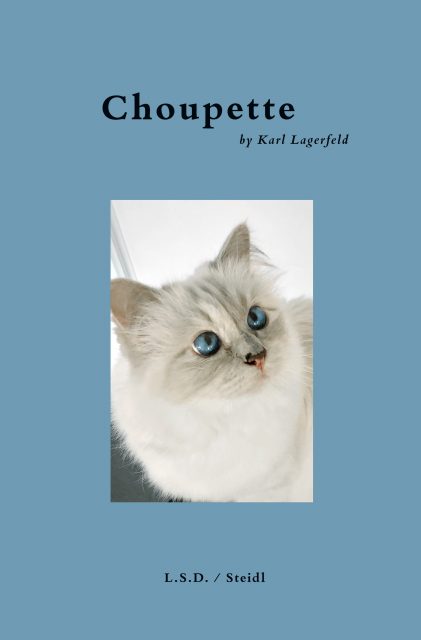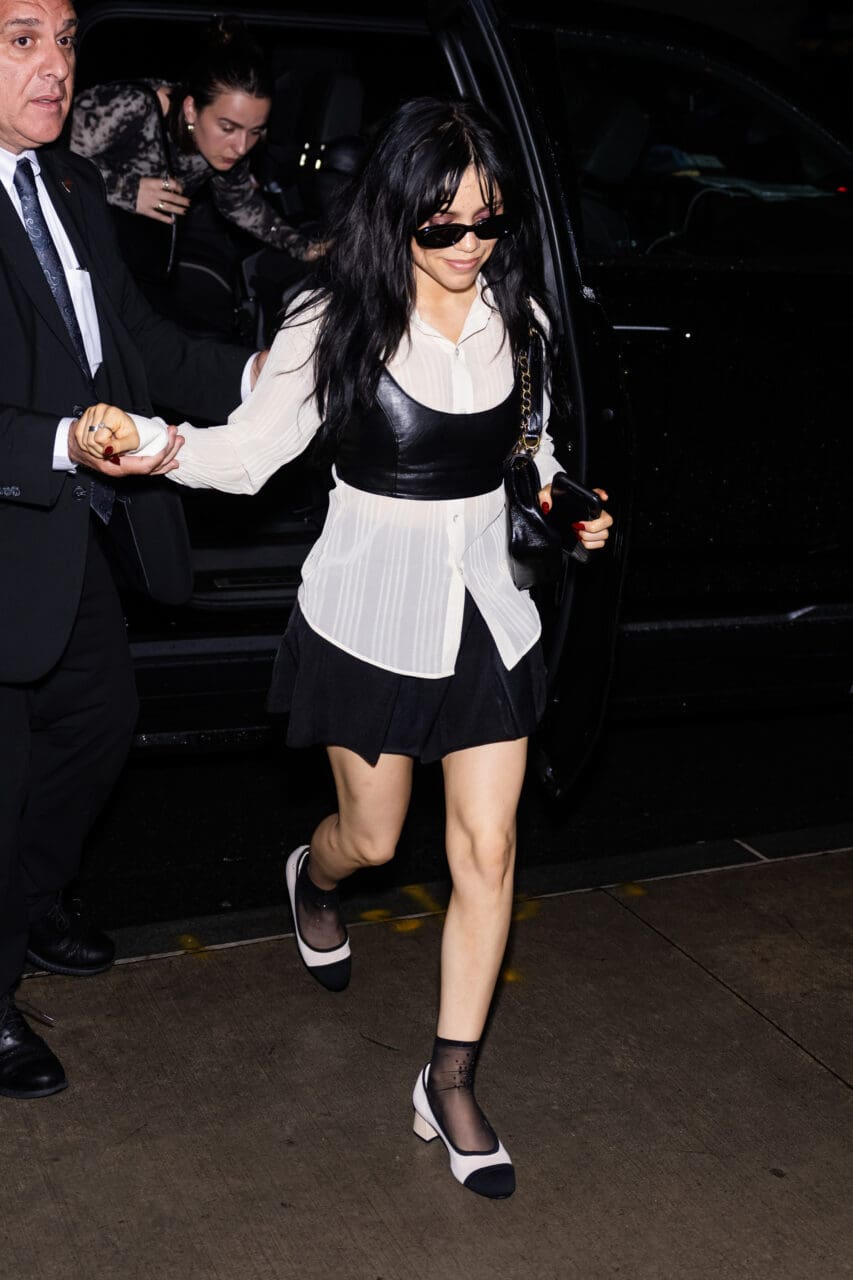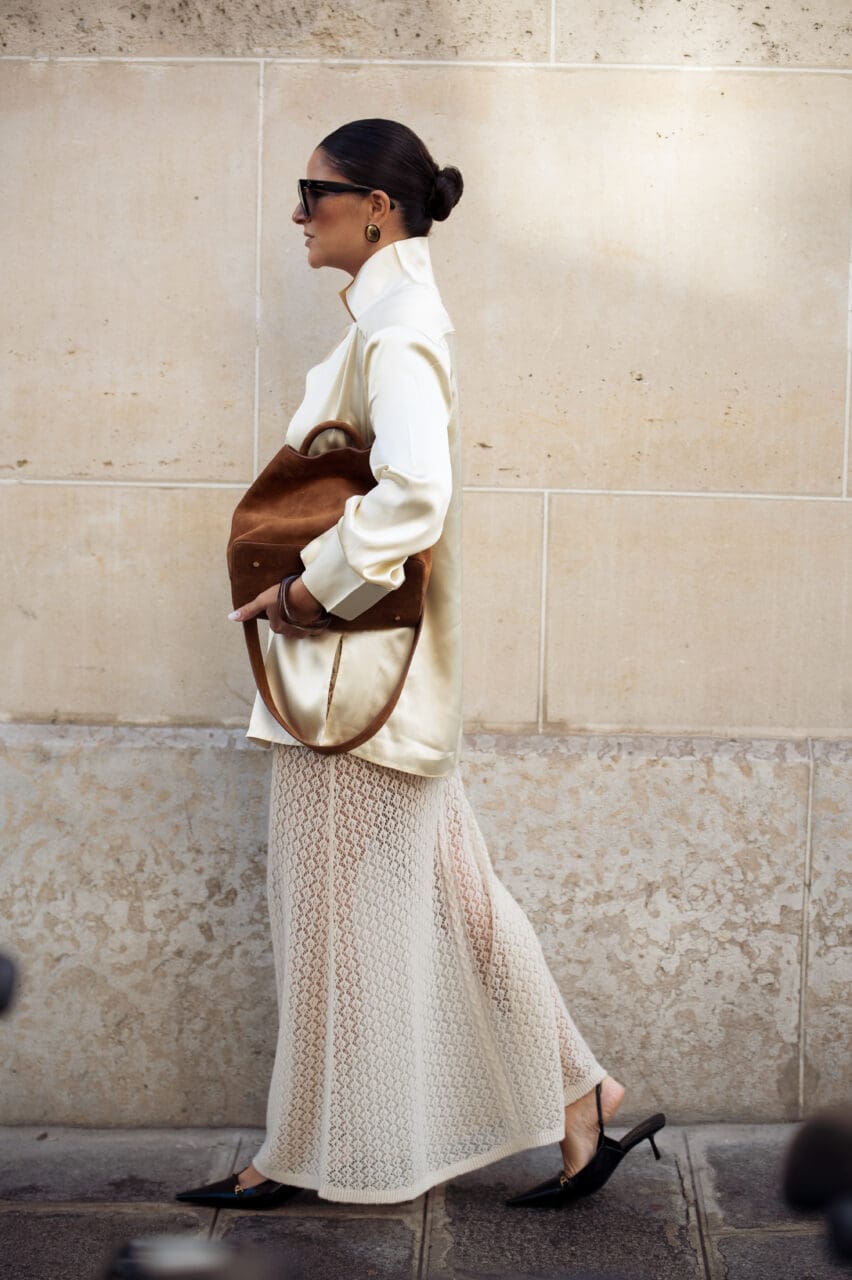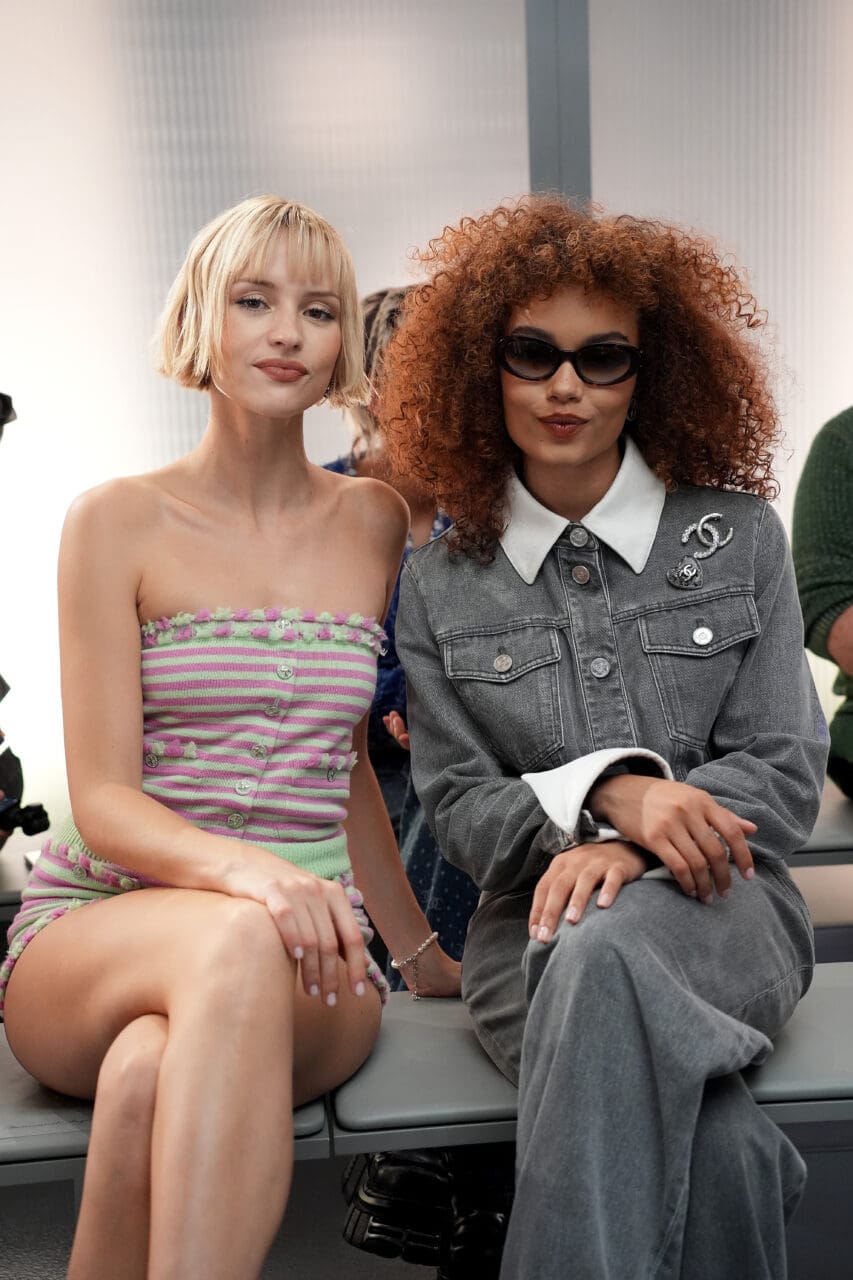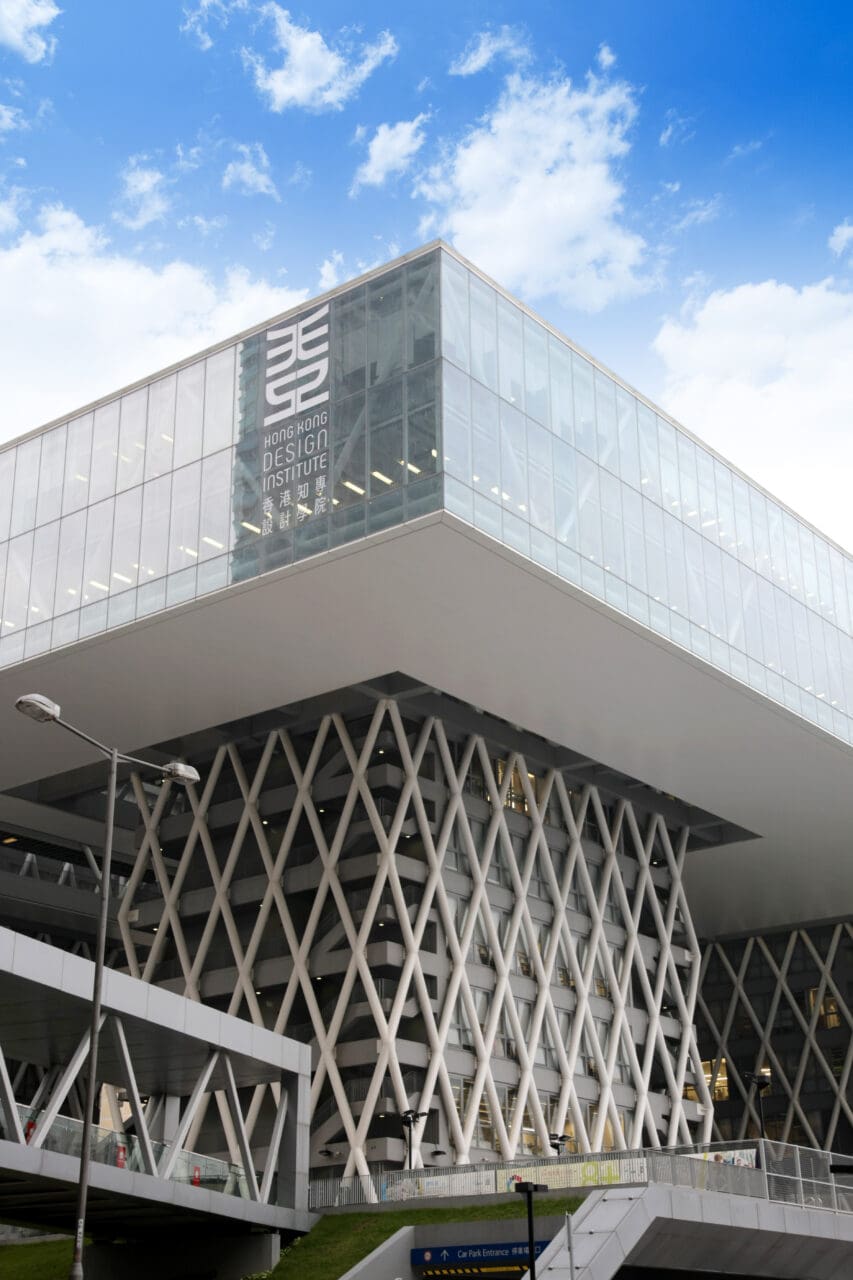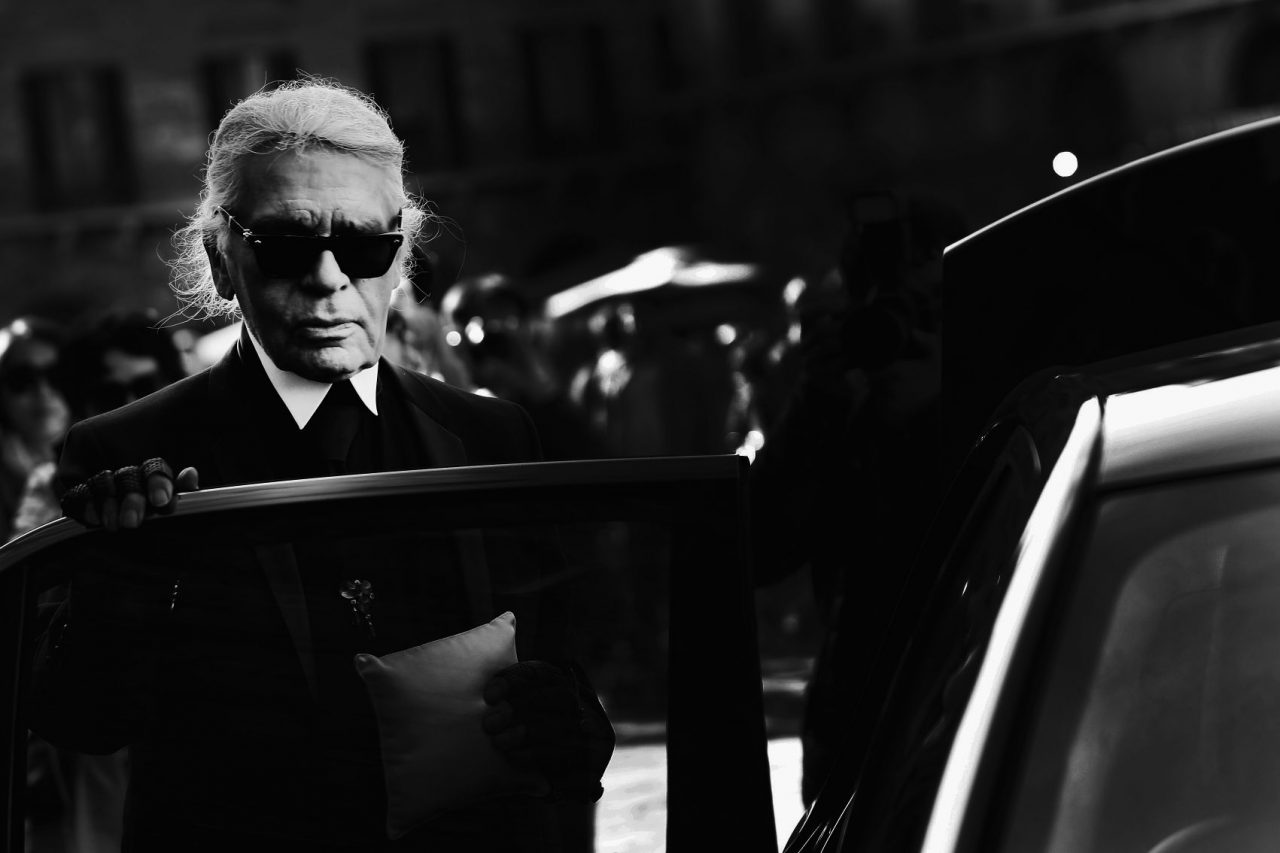
It is a year since Karl Lagerfeld passed away, leaving behind a legacy for his friends and colleagues at Chanel, Fendi and his own KL brand to remember him by.
When we spoke extensively in Paris, the year before he died, I did not know these would be our last meetings. “I have the fashion industry, I have photography books and publishing—that’s enough! I like to watch the world, but I don’t want to be watched,” he explained to me.
Describing his private and personal world at home, where he was surrounded by what he calculated as 100,000 books, he said: “I love the physical presence of books, and I can hardly call it a bedroom because I pulled down every wall. It’s like a huge box of frosted glass—no doors, just a huge studio where I sketch, read and Choupette lives,” he told me. The white cat with sapphire eyes now leads a comfortable life with one of Lagerfeld’s maids.
Lagerfeld was always fiercely independent, a true individual. “I’m not French and I never intended to become French, because I like to be a stranger,” he told me. “I’m a stranger in Germany. I never wanted to be part of something I couldn’t get away from. I love to be an outsider. In fact, I’m part of nothing. I’m totally free in the best sense of the word.”
He talked occasionally about his parents, saying: “My father was a very nice person, very sweet, but he wasn’t as funny as my mother. So, sometimes I felt guilty that I was not as nice to him, as I was a slave to her.”
Hearing Lagerfeld speak about his life and listening to those who worked with him, the story is of a love affair with creative fashion.
I have many memories of Lagerfeld—the time we went to a Parisian evening ‘do’, with him waving fans in front of his face; after a private dinner in New York, when he danced with Oscar de la Renta; or once, in Paris, at a Chanel event in rue Cambon, when he suddenly swept me off my feet to waltz around the room.
So, how are his friends and colleagues remembering the late Karl Lagerfeld a year after his death? Here, we share memories, in celebration of his life.
Amanda Harlech
Amanda Harlech is a British creative, writer and long-time muse of Lagerfeld. She continues to be a creative consultant at Chanel, now helmed by Virginie Viard who was Lagerfeld’s right hand for three decades.
“I talk to Karl every day, just like I used to,” Harlech told me. “Mostly, he would laugh at my slowness to get down to ‘it’—writing, painting, sorting out the piles of books, restoring the Jacobean garden at my home.”
“Playing the piano opens cascades of memories,” she continued. “This is when he is really close to me. He always wanted to play. And those moments when I was practicing some Bach or Brahms and he was working in another room seem to be actual, happening again in real time.”
Amanda Harlech and Karl Lagerfeld
Photo: Pascal Le Segretain/Getty Images
“He gave me a first edition of Virginia Woolf’s Street Haunting. He loved the story and the slim, green volume. But we both loved following her slanting, spiky signature with our finger. Again it was like we defeated linear time and discovered a perpetual, reverberating present.”
I once asked Lagerfeld why he never attended the exhibition of his work, Karl Lagerfeld: Modemethode, that Harlech put together at the Bundeskunsthalle in Bonn, Germany, in 2015—a typical reaction from the designer, who had a radical attitude about dragging out the past.
“I have no archive,” Lagerfeld declared. “I never go to the Chanel or the Fendi archives. No! No! No! No! No! The archives I need are in my mind.”
But what about the young, fresh designers taking over storied fashion houses? Should they also be encouraged to disregard a company’s past—or to study it?
“One should not over-act emotions,” said Lagerfeld, who was 85 when we last met. “I hated being a child. I wanted to be grown-up.”
Bruno Pavlovsky
Bruno Pavlovsky is the president of fashion at Chanel overlooking both haute couture and ready-to-wear. He chose Virginie Viard to take over from Karl Lagerfeld, after working with her for 30 years, believing that she has both the experience and the imagination to succeed.
“Karl’s memory will live forever in our hearts and minds,” the executive said. “He left us an amazing energy. We can feel it today in the studio, in the workshops on rue Cambon: the wish to do the right thing.”
“Special things happen when you work with someone for more than 30 years. He was never just a business partner. We connected well and I personally learned a lot from him, his vision and his capability of aiming for the best while inventing the future.”
Bruno Pavlovsky and Karl Lagerfeld
Photo: BILLY FARRELL/Patrick McMullan via Getty Images
“We showcase ten collections every year with ten different stories. We always start from scratch, all over again. Each Chanel collection should inspire and bring newness into the house. That’s what Karl Lagerfeld was very good at. So is Virginie Viard today. We never rest on the success of the past.”
Silvia Venturini Fendi
No-one understood Lagerfeld’s needs more than the Fendi family. He joined them early in his career, in 1967. And however much he might have been attached to the house of Chanel, this Italian connection was longstanding, lasting until his death.
Creative director of the brand, Silvia Venturini Fendi, who worked so closely with Karl during his visits to Rome, described Fendi’s bond with Lagerfeld: “We can say that with Fendi, there was a special bond [between Karl Lagerfeld and] my family, but also a great attachment to the maison itself. It has been the longest relationship in the history of fashion. A love story of 55 years.”
“From the beginning, Karl felt like a member of our family—the one brother among all the sisters,” she continued. “Nobody realised how precise Karl was in his work. In the early days, he would arrive with a book full of drawings. More recently, he would send them digitally. I miss, so much, his knowledge and his sense of fun.”
Lagerfeld himself shared the same sentiments: “Fashion is about change, and I like change. I’m not attached to anything. I’m quite easy to work with, because you can read my sketches. I am not sure that there is anybody in the business today that knows as much as I do.”
Claudia Schiffer
When everyone was gathered in the Grand Palais last June for Lagerfeld’s memorial, I spoke to Claudia Schiffer, the model who was discovered by Lagerfeld.
“My best memory was in Vienna, when he suddenly started to waltz, laughing hysterically in front of the whole team when we were doing a campaign,” Schiffer remembered. “That was the best side I have ever seen of him. He didn’t care about anything but dancing. That was just amazing. He loved waltzing and could do it really well.”
Claudia Schiffer and Karl Lagerfeld
Photo: Andreas Rentz/Getty Images
“Then there were all the early days, when he used to do campaigns in Monte Carlo,” she continued. “He had a whole picnic set up in the very hot sun, and then he would arrive fully dressed in his suit. I remember him saying, ‘I’m a bit worried because my hair goes furry in the humidity.’ We, of course, were all in summer dresses, while he was fully dressed with boots at the beach. And then, he had the butler come in with the silver service for the picnic. That was so great.”
Does remembering make her sad, I asked. “It’s not too sad,” Schiffer replied. “He lived an amazing life. We should celebrate it.”
Carla Sozzani
As with the Fendi family, Carla Sozzani and her sister Franca, the late editor of Vogue Italia who died in 2016, knew the flamboyant young Karl Lagerfeld at the start of his career. “I met Karl at the end of the 1960s as he was working on the Krizia collections with Walter Albini,” Sozzani explained. “They were both good looking and bold, sure of their future. I saw Karl and Carla Fendi becoming closer collaborators and friends.”
“With Anna Piaggi and Patrick Hourcade, I had the chance to see all Karl’s collections for Chloé and take pictures of them with Alfa Castaldi,” she continued. “Each Chloé collection was unique; I believe almost all the pieces are still very clear in my mind, forever astonishing.”
“Of course, I was there at the first Chanel collection, and then our exchanges grew in the mail: Karl loved to write letters. His long letters started when I opened the gallery; they were about photography and collecting photography—a passion we had in common. As well, we shared a love of editing books; we both opened bookshops, out of pure passion.“
Carla Sozzani and Karl Lagerfeld
Photo: Giuseppe Cacace/Getty Images
“His love and passion for his work was Karl’s driving force,” Sozzani noted. “He will forever be an example of a life dedicated to the integrity of his vision. The precision he brought to his life will be forever legendary.”
So, how does Sozzani view Lagerfeld’s legacy, a year on from his death? “I think he’s still here, still among us in an incredibly strong way – a way he probably would have hated!” she said. “Actually, he has an incredible legacy. Virginie is keeping it alive, but moving it forward—[it will be] a very difficult balancing act. But, we see fashion through the eyes of Karl. A part of fashion will always be his.”
Would Lagerfeld agree with his catalogue of achievements and these plaudits from around the world? Some of his last words to me repeated one of his favourite philosophies, on living in the present: “There is a very famous German-Jewish dictum that I love; a sweet little line I live with: ‘No credit on the past.’”
Hubert Barrère
The artistic and creative director of Maison Lesage, where he is in charge of embroideries for the atelier—part of Chanel’s Paraffection group of heritage craft makers. He chose to remember the Lagerfeld he knew for 21 years as if writing “A Poem to Karl”
“I think I’ve forbidden myself any pathos, any weakness, anything Karl would have hated. Because I respect him, his way of acting and thinking, I have imposed on myself a tacit ban on all sentimentality and complaint.”
“For the 21 years I worked for Chanel, it was for him…For 21 years, he was Chanel. For 21 years, he was my backbone. For 21 years, I wanted to be worthy and please him; everything remains engraved in my memory. His encyclopedic knowledge in which I loved to get lost; his capacity to work tirelessly; his pugnacity; his natural ability to always be one, two, three steps ahead of everything. His almost psychic ability to understand the future and adapt it to the present. His devastating sense of humour that I drank down like water; his casual attitude that hid a sharp and relentless analysis. His kindness towards those around him; his great elegance; his ability to laugh at himself… Nothing about him was average, let alone mediocre!”
“Serving him made me grow up; I would not have become who I am without him. From February 19 to July for the Pap, Cruise and Haute Couture collections: being immersed in my work, working assiduously, being one with Virginie, being like fingers of the same hand, making, imagining, creating… These were my sole preoccupations. Then, summer and vacation time came, time to rest, to wander, to let one’s guard down… But also realising the pull and the abyssal void he left in my life.”
“I got terribly depressed when I went back to work in September, a profound sadness washed over me, nothing interested me, no more love, no more joy… Luckily the collection of crafts was (with and thanks to Virginie) a moment of fullness and energy renewed. The desire for challenge, to surpass oneself, came back once more. Anyway, I’m back in the saddle.”
“With Virginie a new chapter of the Chanel story is being written, just as exciting as the one with Karl but different, and at the same time still deeply entrenched in the Chanel roots. We knew each other for a very long time, the bond with Virginie is an essential motivational driver for me. An anecdote: I remembered that, when Karl was still with us, I used to ask Virginie: ‘Do you think Karl will like it? Do you think this is what he wants?’ Now, not a day goes by without Karl being on my mind. So surprisingly or naturally (I’m not certain) a reversal has taken place. In my mind, I often ask Karl: ‘Do you think Virginie will like it? Do you think she feels it’s aligned with her vision of what Chanel is today?’ There are so many questions to which I don’t get any answers, but the very act of asking them probably makes me contemplate the outline of an answer!”
“As Lampedusa wrote in his novel, The Leopard: ‘For things to remain the same, everything must change.’”
Previously published on Vogue Australia
Editor
Suzy MenkesCredit
Lead image: Vittorio Zunino Celotto/Getty Images for Conde' Nast International Luxury Conference




